

Write what you are looking for and press enter to begin your search!
Live News
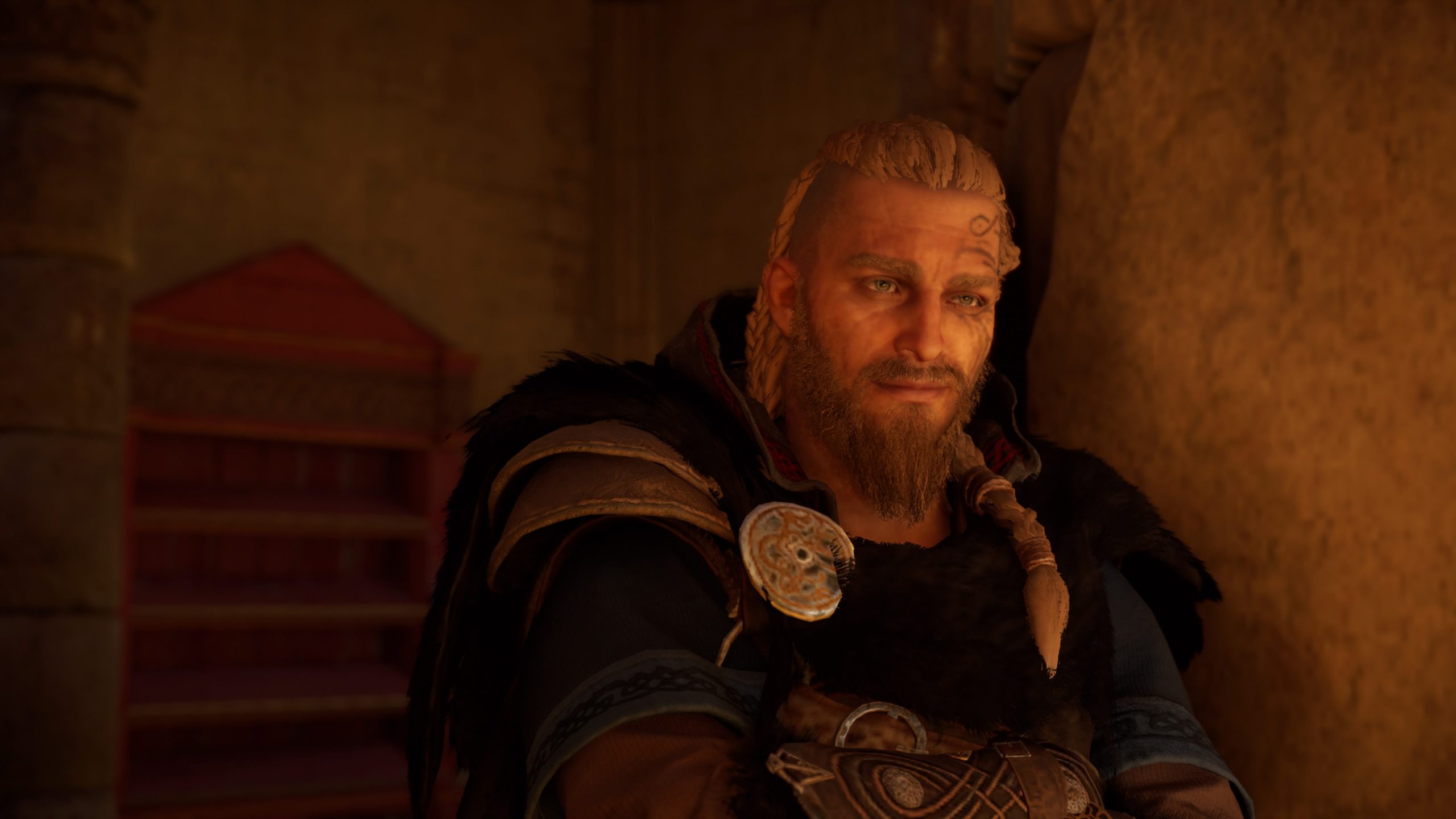

Is Assassin’s Creed Valhalla Fit For Gods Or Hel?
 ">
">
By Alleef AshaariVerified|November 9, 2020|1 Comment
Platform: PS4, Xbox Series X, PS5, Xbox One, PC
Genre: Open-World, Action RPG, Stealth, Historical
Assassin’s Creed Valhalla marks only the third time in Ubisoft history that they’ve skipped one year for the annual franchise, after 2009’s Assassin’s Creed 2 and 2017’s Assassin’s Creed Origins. Both of these were hallmarks in the lineup of perhaps the company’s biggest franchise (sorry, Splinter Cell and Prince Of Persia, fans), introducing new gameplay elements that continued into future games.
While Assassin’s Creed Valhalla will be the franchise’s first foray into next-gen (PS5 and Xbox Series X), let me clarify that I played this game on a PS4 Pro. We still don’t have a PS5 right now, and might not be getting one for a while yet. But we do have an Xbox Series X version, which my colleague Jonathan “Mr Toffee” Leo has been using for the game, so I do have a frame of reference for 4K gaming.
So, the biggest question on everyone’s minds is what makes Assassin’s Creed Valhalla different from its predecessors. Does it look better? Does it play better? How buggy is it?
Strap onto your longboats, folks, and let’s get ourselves to the age of the Vikings.

That term will be familiar to anyone who’s even remotely a fan of Vikings, Nordic culture, or have watched the History Channel series Vikings. The Vikings shouted “SkÃ¥l!” as a salute or toast of sorts, similar to the English word “Cheers!”.
Assassin’s Creed Valhalla takes place in 9th-century England (mostly), during a time when the country was divided into different kingdoms and assaulted by Viking raids. They would later unite and become the British Empire, ironically doing to the world what the Vikings did to them, but I digress.
It’s a popular age in history, rife with conflict and intrigue, which makes it ripe for the Assassin’s Creed franchise, just like Ptolemaic Egypt and Ancient Greece was in the last two games, respectively. As iconic as Vikings are, it’s a wonder there aren’t more games where you can play as them.
Long-time Assassin’s Creed fans can rest easy, as the Assassins and Templars (still known as the Hidden Ones and Order Of The Ancients in this era) are back, though they’re still mostly in the background of the story. That’s because the narrative focus this time around is on Eivor of the Raven Clan from Norway.

Players can choose between male, female, or a default option that supposedly lets the Animus choose and alternate between the two genders. In Assassin’s Creed Valhalla, you can manually change Eivor’s gender at any time from the Animus menu. That’s a welcome improvement over Odyssey, which locked you into one gender from beginning to end.
Ubisoft has done wonders in casting the voices for both male (Magnus Bruun) and female Eivor (Cecilie Stenspil). They both deliver incredible performances, but it’s Bruun’s male Eivor that stands out the most.
It’s no surprise, considering that he is actually descended from actual Vikings (he’s Danish) and he even stars as a Viking named Cnut in the TV series The Last Kingdom. Seriously, his voice is the epitome of what a Viking protagonist should sound like.
The story in Assassin’s Creed Valhalla doesn’t waste time getting into the action, as it introduces us to Eivor; a Viking orphan who loses his/her father to a rival clan. He grows up to be a famous warrior, renowned as the Wolf-Kissed (just like Kassandra/Alexios was the Eagle-Bearer in Odyssey).
The titular Assassins also get introduced earlier on in the plot, but pretty much takes a backseat to Eivor’s journey to help his clan settle and build a new life in England. Joining him are a couple of Assassins (sorry, Hidden Ones) and his brother in arms, Sigurd, amongst others.

I spent the first seven hours or so of Assassin’s Creed Valhalla in the starting region of Norway, which is actually like the tutorial map of the game. The game opens up for real when you finally reach England and start developing a settlement there.
Despite playing on the PS4 (and not any of the next-gen consoles), I was impressed by the visuals of the game. Its a beauty to behold. Ubisoft has managed to make the dialogue and narrative cutscenes look more cinematic and dramatic than Origins and Odyssey.
There’s also more variety here than in Origins and Odyssey. You’ll visit small towns in idyllic 9th-century England, the city of old Lunden (London) with its remains of Roman architecture, a small North American region called Vinland, and even the realms of Asgard.
I’ll elaborate more on those below, but the fact remains that this is one of the biggest Assassin’s Creed experiences. You thought Odyssey was overwhelming? Wait until you play Assassin’s Creed Valhalla. It’s not actually bigger in terms of map size, but rather, in the introductions of new gameplay mechanics and improvements that Ubisoft has incorporated.

Where do I even start? Let me be frank with you. The first few hours of Assassin’s Creed Valhalla inspired a sense of déjà vu. After spending more than 100 hours in Odyssey, I wasn’t looking for just more of the same tired gameplay loop. Seeing the near-identical menu and UI design from Odyssey returning in Valhalla didn’t exactly instil a sense of confidence from me.
Fortunately, I believe Valhalla ultimately delivers.
Again, don’t get the wrong idea. Assassin’s Creed Valhalla doesn’t reinvent the wheel so much as add a shiny new rim and rubber to it all. It improved on existing gameplay mechanics from Odyssey and adds a bunch of new stuff that I ultimately enjoyed playing.
You can still find the same formulaic and familiar gameplay mechanics, like climbing high vantage points to unveil more of the map, the same combat, and more. Still, I’m here to tell you about what’s changed and everything that’s new, since that’s what you want to know.
Firstly, one of the biggest and most welcome gameplay changes is that traditional side quests are no more. When you open the map, the only things you’ll see at first are a bunch of dots coloured yellow, blue, or white.
These make exploring the world more exciting and adds a sense of mystery again (similar to how the question marks on the map in The Witcher 3 Wild Hunt works), as you won’t know what they are until you get closer to them.
Each colour of the dot can mean different side activities for you to discover, and there’s a lot (and I mean, a lot). The yellow dots are marked as Wealth and they often reward precious materials, a new piece of gear, or a book of knowledge that either teaches or upgrades an Ability.

Blue dots are marked as Mysteries, which may mean side quests (which are now referred to as World Events), a dice mini-game called Orlog with its own rules, Flyting (a rap battle of sorts), a drinking rhythm-based mini-game, Animus Anomalies to solve (obstacle courses to complete and unlock the game’s lore), Legendary Animals to hunt, Cairns (a mini-game where you stack stones), Standing Stones (where you have to form a shape via shaping it from your perspective), Fly Agaric (sort of like mini vision quests where Eivor gets high and hallucinate), and more.
White dots are marked as Artifacts, and this usually means Zealots (like the Mercenaries that you hunt in Odyssey), Roman Artifacts to collect, Flying Paper (which returns from older Assassin’s Creed titles, where you chase a flying piece of paper via parkour), and Cursed Symbols (artifacts that you have to destroy).
Going through each of these side activities one by one would take more words than I can afford in this review, but you have to understand that many of these side activities are meaningful and fun to participate in. An element that contributes to this is that most of them are no longer just sitting there marked on a map waiting for you to simply grab it.
Most of them require players to actually think and figure out how to find them. Some are hidden underground, and some require keys to get to them. A lot of them are behind barred doors and seemingly impenetrable walls. Sometimes you need to destroy a lock by shooting an arrow through an open window, and that’s just one example.
The larger the coloured dot on the map, the more substantial the challenge and the greater the reward, which means that you can choose which dots are best to prioritize and spend your time on.
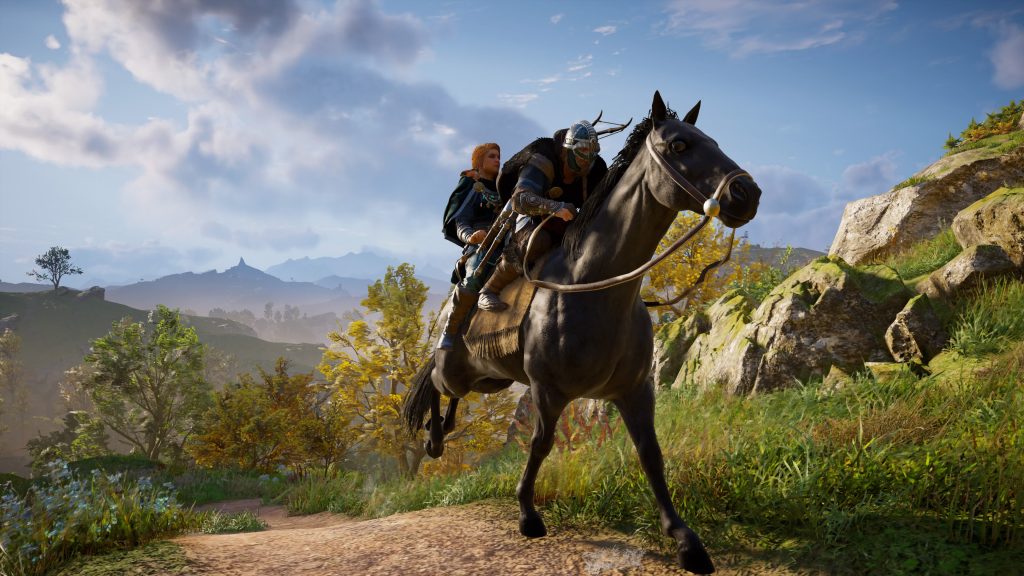
In an attempt to emulate the randomness of Red Dead Redemption 2, what was previously conventional side quests are now referred to as World Events, and that’s because they’re no longer simply marked on the map willy-nilly.
You stumble upon these World Events and get this; there is no longer a side quest log. What this means is that once a World Event has started, the game doesn’t explicitly spell out what you have to do in a boring list. Instead, you’ll have to focus on what the NPC says and wants you to do.
It’s fortunate, then, that the writing for these World Events is surprisingly great. They impressed me from time to time. They’re often funny, but not cringe-worthy, and some are even emotionally-stirring. It really feels like the developers had a genuinely good time making up these World Event scenarios.
For example, when visiting Vinland/North America, I met a Norse woman who was training a turkey to fly. Another had me solve the issue of a two bickering families by blowing up their grain silos (which I had to deduce myself, because again, the game doesn’t list down what you should do to complete World Events).
The improved writing extends to the entire story and narrative of the game in general as well. Every region on the map now has its own story arc, and some of these are really memorable. These are characters that you grow to care about.
In one story arc, I had to groom a would-be King, which culminated in a heartfelt wedding, during which I could even participate in festivities (which reminds me of similar events in The Witcher 3 Wild Hunt). In Lunden (London), I essentially had to solve a murder with two sheriffs in a whodunit case.

I also especially enjoyed Orlog, to the point that it would be the first thing I look for when I discover a new town or location. Just like The Witcher 3 Wild Hunt‘s Gwent, you go around competing with NPCs in towns. It has its own rules and collectible God Favor totems (which grants special effects in Orlog matches). It’s just that instead of using cards, Orlog uses dice.
I’m getting side-tracked on side activities here. Another core mechanic in Assassin’s Creed Valhalla is the development and building your Viking settlement (called Ravensthorpe) in England. Now that you have a settlement to develop, there’s a new gameplay loop in play.
You go on Raids with your fellow Vikings. In fact, you can just stroll in raid-able towns or places and call on your raiding party with a loud horn. During raids, you pillage materials, which could be funnelled into your settlement to build more buildings.
Each building has a purpose that contributes to the gameplay. You can build a tattoo parlour, a blacksmith (to upgrade weapons), hunting huts to turn in materials gained from hunting for rewards, and more. These buildings are populated by NPCs, but what’s interesting is that they feel alive, similar to the Van Der Linde gang in Red Dead Redemption 2.
How so? Well, some of those living in your settlement will greet you and even have side quests with you. I was genuinely shocked when one of them even died, and the settlement will grow as more people join. You’ll see them around the settlement and interact with them, though clearly, the level of depth doesn’t reach the immersive levels of Rockstar Games’ juggernaut title.

In Assassin’s Creed Valhalla, combat has been refined. It feels weighty and more complex than both Origins and Odyssey. Firstly, there’s the new Skill tree, where it’s more like Final Fantasy X‘s sphere grid. Earning EXP and levelling up earns you points, which you can use to unlock nodes for stat boosts and new active/passive abilities.
These range from chain assassinations, the ability to set your weapon on fire, the ability to dual-wield even heavy weapons like spears and big axes, and more. Best of all, you can re-spec and reallocate any of the points used in the Skill tree without incurring any cost. This means that you can change your playstyle at almost any time without any penalties, which I appreciate. I no longer have to feel bad about spending my points on an ability I won’t even make use of.
I also really like that Ubisoft has considerably lessened the loot-based system of previous games in Assassin’s Creed Valhalla. You won’t end up with a million different swords and axes in your inventory, as weapons are unique and there are only one of each.
It makes the weapon you use more meaningful and easily distinguishable. To add more depth to a less variety of weapons, you can not only dual wield any combination of weapons (my personal favourite is individual spears in both hands), but you can also upgrade them.

I love that upgrading your weapons and gear (helmet, cloak, armour, etc.) will also sometimes change their appearance. That Raven Clan set you get from the beginning? It’s going to look a lot more badass and powerful after a few upgrades. Plus, different tier of upgrades require different types of resources (usually found from raiding), which means that weaker weapons don’t have to share the same resources as stronger and upgraded ones.
Remember your avian companion? This time it’s a Raven named Synin and he’s not as overpowered as the Eagle Vision from previous games. You can no longer simply mark every enemy or object in the world. This includes story objectives and valuable items.
The Raven will only show you the general area of where you should start your search. He’s not going to do your job for you.
Instead, players have to rely on Odin’s Sight, which is a scan of the immediate are surrounding the player’s vicinity. This will highlight enemies and objects; it will be the primary way for players to find objects and complete objectives, so be prepare to press the R3 stick many, many times.
Another important change is that you can no longer automatically heal outside of battles. Players have to scavenge for Rations or berries in the open-world to heal, so it’s important to be smarter in approaching combat in Assassin’s Creed Valhalla.

In addition, what elevates the combat in Assassin’s Creed Valhalla is the variety of enemies for you to fight. The Animus Database is back in this game, which means that there are classifications of each type of enemy. In previous games, you only had to contend with two or three types of enemies most of the times, which gets bland after countless hours of gameplay.
In Assassin’s Creed Valhalla, there are more than 30, which you’ll gradually encounter more of throughout the game. Each boasts its own weapons and move-sets, so you can’t just button mash through all of them the same way.
I’ve encountered enemies who lob firebombs, a dodging knife expert whose only weakness is for you to parry his attacks, large brutes with greatswords, and fire blade-wielding maniacs with rabid wolf companions. These are all ‘normal enemies’, not bosses, mind you.
The combat in this game is also deeper in that enemies have breakable shields, and some are so fast that the only way you can defeat them is by parrying. I guarantee that you’ll be doing a lot of parrying just as much as dodging in this game, especially now that enemies have two meters; a health and a stun meter. Depleting the stun meter will cause them to immediately go into a vulnerable stunned state.
I would like to also point out that each enemy now has distinguished death animations, and this includes animals. You heard that right, each enemy type and animal has their own death animation. It’s impressive, and I can appreciate that extra detail right there.
Oh, and you can now dismember the heads and hands of enemies, though it only randomly happens when they die (also you can turn off dismemberment if you want). It’s not like you can target specific body parts during combat.

The Order Of The Ancients nemesis-like system also returns from Odyssey, and players can find clues just like before to hunt them down and assassinate them. You’ll probably get to most of them via story missions.
Last but not least, the Hidden Blade is back, folks, and it feels so, so good. Yes, I can confirm that enemies now die instantly from assassinations, though more powerful enemy types will require players to successfully perform a one-button quick-time event. If the player fails, the enemy will only lose half of their life bar.
Stealth, in general, is a much more viable option in Assassin’s Creed Valhalla compared to Origins and Odyssey. However, Eivor is still a Viking at heart, and well, raids aren’t exactly stealthy affairs. While the game offers you a lot of stealth opportunities, there’s no avoiding head-on conflict when it happens.

All of the gameplay I’ve mentioned above can be considered as the meat of the game, which is why I don’t see why Ubisoft had to include an Asgard map and side story, as well as one that has players visiting North America. =
Despite having its own map, visiting Asgard feels like a pointless distraction to pad out the game, and one that feels like the whole thing could’ve just been relegated to cutscenes instead. However, players are forced to experience a boring mythological plot with fetch quests and a few scattered boss battles.

At the same time, the Vinland North American visit also feels more like a distraction. The smaller region doesn’t overstay its welcome (it only takes two hours or so to complete everything here), but why the heck is do I have to enter this region without any of my equipment, gear or materials.
I’m forced to gain new materials and gear while in Vinland, which is clearly an attempt to stretch the content. The whole thing is only included just to tie in Valhalla to an older Assassin’s Creed title (I won’t spoil which one it is).
All in all, both Asgard and Vinland don’t really do much to spice up the gameplay. When I was playing in those regions, all I really wanted to do was return to England and the core game again.

Did that get your attention? Well, the truth of the matter is that for everything that Assassin’s Creed Valhalla does right, there are also a bunch of problems and issues that plague the game. This is especially true with the current-gen (or last-gen) versions of the game (PS4 and Xbox One).
While Assassin’s Creed Valhalla still looks pretty good, the game seems to suffer from a lack of polish. It’s like more resources, time, and money went into the next-gen versions.
It’s worth for me to remind everyone that whatever promotional material of the game that you’ve seen was highly likely the PS5 or Xbox Series X version, which is why the PS4/Xbox One is quite disappointing. Mr Toffee can attest to this: the 4K 60fps version of Assassin’s Creed Valhalla looks gorgeous and plays really butter smooth.
Character movement feels a bit unresponsive and janky at times, especially when compared to how smooth Bayek and Kassandra/Alexios felt like. Like I mentioned above, the combat is probably still superior, but the jankiness is noticeable to someone like me, who spent more than a 100 hours with Odyssey alone.
The next-gen versions of Assassin’s Creed Valhalla may boast extremely fast loading times, but that doesn’t excuse the long-ass loading times the PS4/Xbox One version had. I literally have time for a whole toilet break and time to spare just waiting for the game to boot up (that’s like several minutes long).
That’s not unusual for an open-world game, but what is the most glaring loading problem of all is the time it takes for dialogue and conversations to start. In Origins or Odyssey, pressing ‘Triangle’ to ‘Speak’ with NPCs usually translates to the dialogue or conversation to start almost instantly.
However, whenever you do that in Assassin’s Creed Valhalla, the screen fades to black and there’s actual loading time before the dialogue or conversation even begins. This is especially frustrating when you just want to buy (or sell) something at the item vendor, or turn those Roman artifacts that you just collected.

Unfortunately, all of that pales in comparison to Assassin’s Creed Valhalla‘s biggest issue at launch; one that might even break the game and prevent gamers from playing the game. No, I haven’t encountered any game-breaking bugs. In fact, the game hasn’t crashed on me even once through the duration of my playthrough.
After spending more than 30 hours in Assassin’s Creed Valhalla, I began to notice that my game saves were becoming corrupted for some weird reason. This started to happen after I went to the North American Vinland region. From then on, the problem escalated to the point that manual saves and auto-saves were becoming corrupted.
What this means is that my progress wasn’t being saved. The game actually still ran fine, but how could I continue playing without having the ability to save? It’s annoying how this issue popped up later in the game when I’ve already spent so many hours.
While sometimes my saves would be successful; at other times they would become corrupted. My only solution is to perform a manual save multiple times in succession until one is eventually successful (or not).
At the time of writing (of this review) and at launch, this problem still persists. This issue could potentially happen to you too, especially if you’re playing on a PS4 or PS4 Pro like me.
At the time of writing, I can only confirm that it’s happening on players on the PS4. I’ve had feedback from our very own Mr Toffee that it doesn’t affect the Xbox Series X version of the game. In fact, it’s arguably the “safest” version of the game since Ubisoft has mentioned time and again that it’s the “correct console” to play the game on.
I sincerely hope that Ubisoft resolves this issue in a future patch soon. Until then, perhaps it’s wiser to wait before buying this game at launch if you’d rather not face these problems. Or if you have a next-gen console or a PC, get those versions instead.

If you liked Assassin’s Creed Origins and Odyssey, Assassin’s Creed Valhalla improves on almost every aspect from its predecessors. The combat and open-world are better, as is the writing and narrative. Plus, you get to live out your fantasy of being a Viking in 4K crystal clear glory.
What’s not to like? Well, the PS4/Xbox One versions are inferior versions of the game. Combine that with the potential game-breaking bugs/issues at launch, perhaps you’re better off waiting for a next-gen console to experience this game at its best.
A review copy of Assassin’s Creed Valhalla was provided to us by Ubisoft, and I played this game on a PS4 Pro. All screenshots were taken by me on the PS4 Pro. I also had assistance from Mr Toffee for the Xbox Series X version.
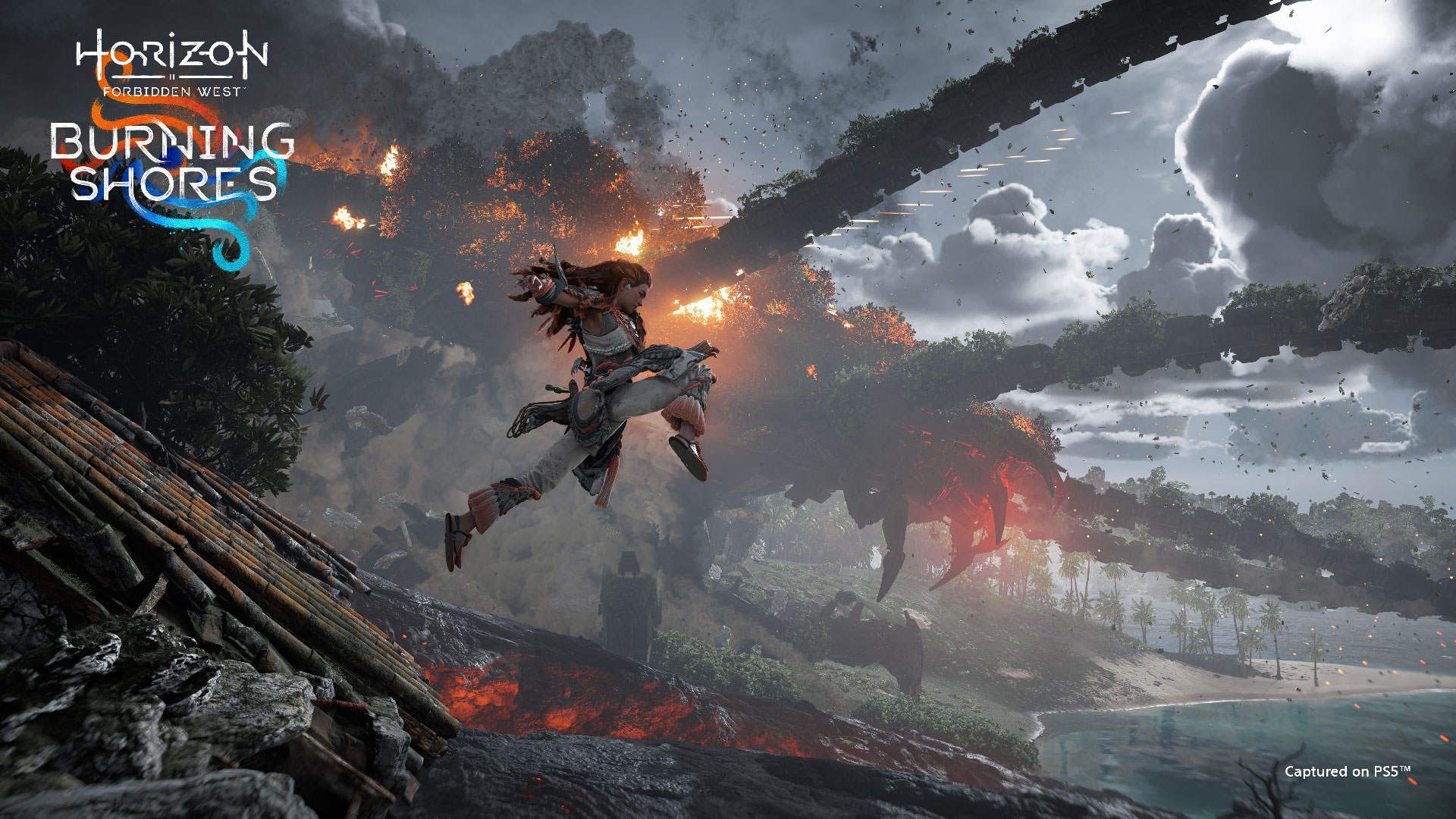
By Jonathan ToyadVerified|May 9, 2023
The adventures of Aloy will continue, according to PlayStation and Guerilla Games. That should not come as a surprise, as last year's action-advent...
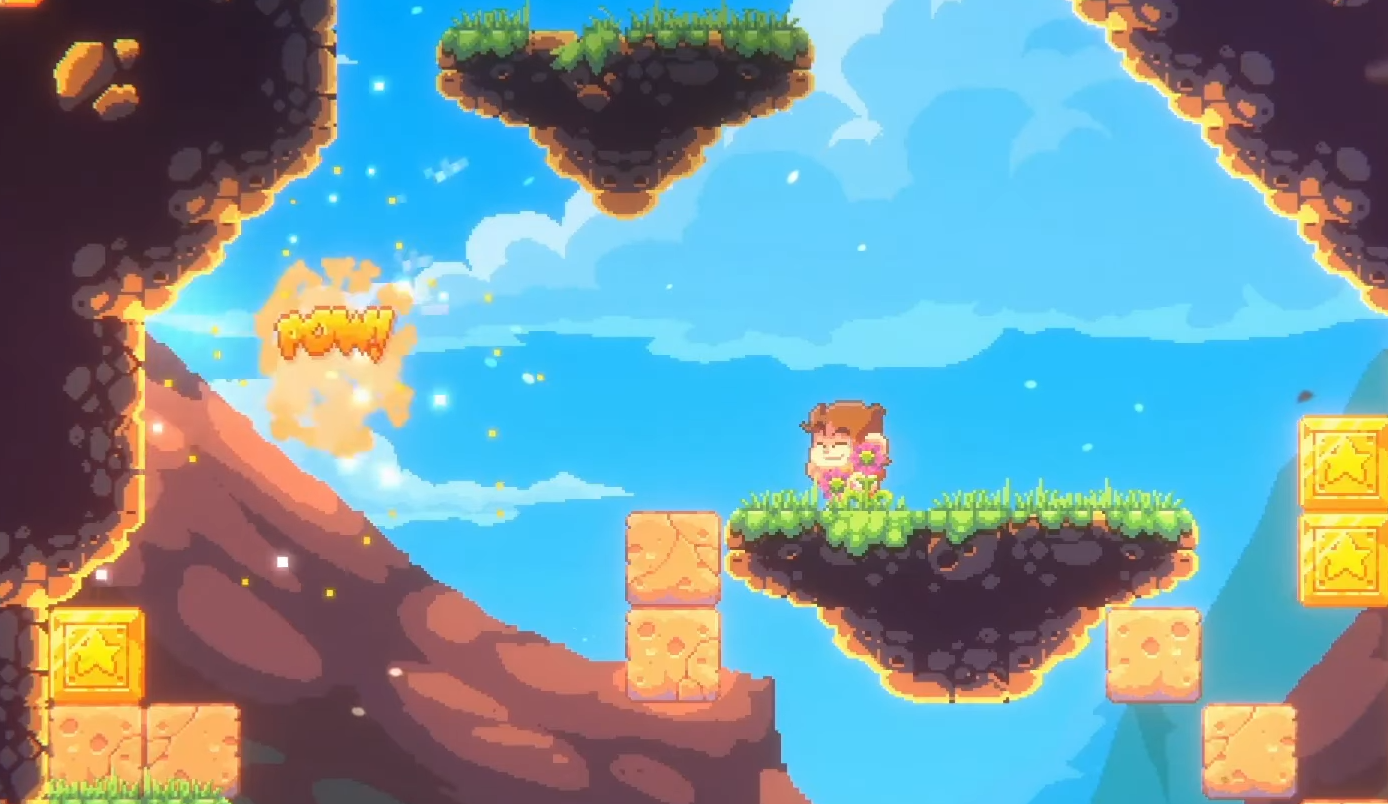
By Jonathan ToyadVerified|June 11, 2020
Before Sonic The Hedgehog came into the picture as the de facto Sega mascot, there was the big-eared and giant-fisted Alex Kidd. This oddball of a cut...
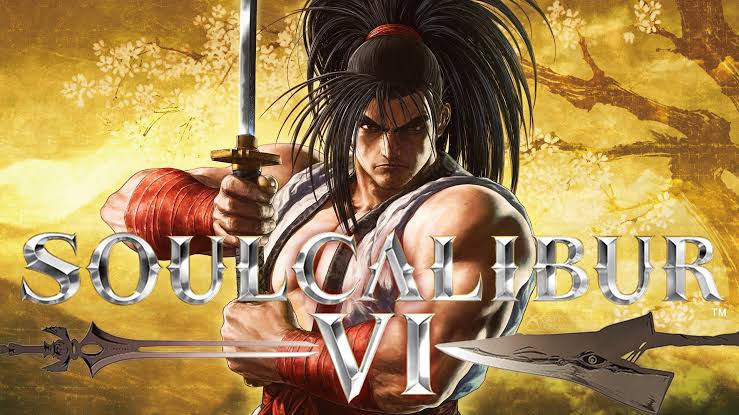
By Jonathan ToyadVerified|May 4, 2020
The soul still burns, even during COVID-19. Malaysian fighting game community group & tournament organizers Infinite Carnage will be hosting a So...

By Jonathan Toyad|March 12, 2025

By Lewis Larcombe|February 25, 2025

By Kakuchopurei|February 17, 2025

By Ali'sha Harris|February 16, 2025

By Jonathan Toyad|March 14, 2025

By Jonathan Toyad|March 12, 2025

By Lewis Larcombe|February 25, 2025

By Kakuchopurei|February 17, 2025

By Jonathan Toyad|March 12, 2025

By Lewis Larcombe|February 25, 2025

By Kakuchopurei|February 17, 2025

By Ali'sha Harris|February 16, 2025
Copyright @ Kakuchopurei 2025
Assassin’s Creed Valhalla Wins The First Grammy Award For Best Score Soundtrack Under Video Games Category | KAKUCHOPUREI.COM
February 6, 2023 at 2:08 pm
[…] We had our hands on the Assassin’s Creed Valhalla game and had a great time playing it. Check out the full review here. […]